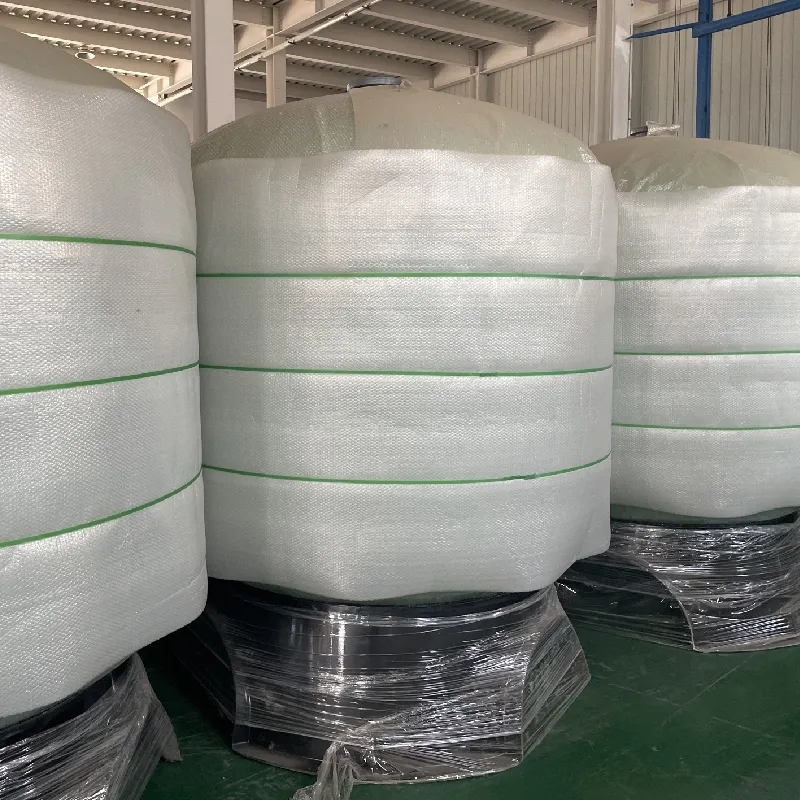loading...
- No. 9, Xingyuan South Street, Dongwaihuan Road, Zaoqiang County, Hengshui, Hebei, China
- admin@zjcomposites.com
- +86 15097380338
- Welcome to visit our website!
Enhancing Strength and Durability with Glass Fiber Reinforced Polymer Bars in Construction Applications
Glass Fiber Reinforced Polymer Bars A Comprehensive Overview
Glass Fiber Reinforced Polymer (GFRP) bars have emerged as an innovative solution in the construction and civil engineering sectors. These bars combine the properties of glass fibers with polymer matrices, resulting in a material that is lightweight, strong, and resistant to environmental factors. The increasing demand for durable and efficient materials has led to a rise in the use of GFRP bars in various applications, particularly in reinforcing concrete structures.
Composition and Manufacturing Process
GFRP bars are made by embedding glass fibers within a polymer matrix, which is typically a type of resin like epoxy or vinyl ester. The process begins with the production of glass fibers, which are drawn from molten glass and then woven or bundled together. These fibers are then saturated with resin to create a composite that has high tensile strength and low weight. The bars are cured either at room temperature or through the application of heat, resulting in a robust product that can withstand significant stresses.
Advantages of GFRP Bars
One of the primary advantages of GFRP bars is their high strength-to-weight ratio. Compared to traditional steel reinforcement, GFRP bars are significantly lighter, which makes them easier to handle and install. This feature is particularly beneficial in projects where weight reduction is crucial, such as in seismic zones or for elevated structures.
Another major advantage is their resistance to corrosion. Unlike steel, which can deteriorate when exposed to moisture, salts, and various chemicals, GFRP bars remain unaffected by such environmental factors. This quality not only extends the lifespan of structures but also reduces maintenance costs over time. As a result, GFRP bars are ideal for use in marine environments, wastewater treatment plants, and other harsh conditions.
Additionally, GFRP bars do not conduct electricity or heat, making them safe for use in electrical applications and reducing thermal bridging in structures. Their non-magnetic properties also make them suitable for use in sensitive electronic environments, where the integrity of electromagnetic fields must be preserved.
Applications of GFRP Bars
glass fiber reinforced polymer bars

GFRP bars are being increasingly utilized in a range of applications. In civil engineering, they are used for reinforcing concrete in bridges, tunnels, and buildings, particularly in areas prone to corrosion or seismic activity. Their lightweight nature allows for easier transportation and installation, streamlining construction processes.
Furthermore, GFRP bars can be particularly advantageous in retrofitting existing structures. The non-corrosive nature of these bars allows engineers to reinforce aging infrastructure without the need for extensive removal and repair processes commonly associated with traditional reinforcement methods.
In the field of precast concrete, GFRP bars are used to create components that are both durable and lightweight. This application not only speeds up construction times but also provides builders with more versatile options when designing structures.
Challenges and Considerations
Despite their numerous benefits, GFRP bars come with challenges that must be taken into account. The initial cost of GFRP materials can be higher than that of traditional steel reinforcement, which may deter some project managers. However, the long-term savings associated with reduced maintenance and increased durability can offset these initial expenses.
Additionally, there are still ongoing developments in standards and specifications regarding the use of GFRP in construction. Engineers need to become familiar with proper design principles and allowable stress values associated with GFRP to ensure safety and performance standards are met.
Conclusion
Glass Fiber Reinforced Polymer bars represent a groundbreaking advancement in construction technology, providing an effective solution for reinforcing concrete structures in diverse environments. With their lightweight nature, corrosion resistance, and adaptability, GFRP bars are set to play an increasingly important role in modern engineering practices. As the industry continues to evolve, ongoing research and development will likely unlock further potential for these composite materials, making them an integral part of sustainable construction solutions.
-
The Rise of FRP Profiles: Strong, Lightweight, and Built to LastNewsJul.14,2025
-
SMC Panel Tanks: A Modern Water Storage Solution for All EnvironmentsNewsJul.14,2025
-
GRP Grating: A Modern Solution for Safe and Durable Access SystemsNewsJul.14,2025
-
Galvanized Steel Water Tanks: Durable, Reliable, and Ready for UseNewsJul.14,2025
-
FRP Mini Mesh Grating: The Safer, Smarter Flooring SolutionNewsJul.14,2025
-
Exploring FRP Vessels: Durable Solutions for Modern Fluid HandlingNewsJul.14,2025
-
GRP Structures: The Future of Lightweight, High-Performance EngineeringNewsJun.20,2025
